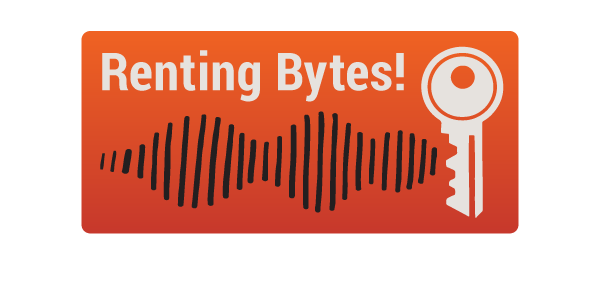Rental realities in NSW: New insights from the End of Tenancy Survey
Jack Moon • 01/09/2023
Renters in New South Wales face an increasingly precarious housing situation, grappling with the challenges of avoiding unaffordable rent hikes and eviction notices. To better understand the experiences of renters and help us advocate for a fairer system, the NSW Government Department of Fair Trading's end of tenancy survey is growing as a crucial data source, shedding light on the dynamics of rental arrangements within the state.
A comprehensive data set
Between October 2021 and September 2022, an impressive total of 53,700 surveys were collected, representing approximately 17% of all tenancies that concluded during the same period (315,025 tenancies in total). Notably, while the survey is distributed to all principal tenants, landlords, or nominated agents, tenants have been far more responsive, accounting for 71% of survey submissions, while landlords only contributed 29%. This disparity in responses may reflect the frustration and limited power experienced by tenants when dealing with evictions, making the survey a crucial avenue for voicing their concerns.
Limitations in capturing renters’ choices
Despite the valuable insights provided by the end of tenancy survey, it appears that some tenant experiences remain obscured in the data. For instance, responses related to the party ending the tenancy might oversimplify the complexities tenants face. Many renters have told us they were constrained by the survey's structure, unable to fully convey their struggles with unaffordable rent increases or uninhabitable properties.
These renters include Naomi, who endured months of repairs, lost income due to taking time off work to visit contractors and ultimately decided to leave her home when she received a 20% rent increase. Or Susan, who ended her tenancy after multiple refusals from the landlord to respond to mould and damp in her home, telling us, “The mould in this property is a health hazard … I begged for inspections and rectification of serious health issues regarding the property. I sent photos and updates. Nothing was done... It is not fit for habitation.”
Instead, their decisions to end the tenancy are represented as mere choices rather than reactions to untenable conditions. Regarding the survey, Susan said, “It does not allow me to say [why] I ended the tenancy”.
Moving towards minimal landlord-initiated evictions
Moving towards a rental system with minimal landlord-initiated evictions would serve as a key indicator of a healthier and more equitable housing landscape. By emphasising the importance of providing adequate reasons for tenancy terminations, as well as greater support for renters in hardship, we can work towards strengthening tenant protections and fostering a more stable rental environment in New South Wales. Such a shift would signal progress towards a system that values tenant security and minimises the disruptive effects of arbitrary evictions.
Landlord terminations
The survey findings reveal intriguing patterns in landlord reasons for ending tenancies. A considerable portion of landlords (43%) are terminating tenancies without specific grounds, while 30% cite property sales as their rationale, and 19% state uninhabitability of the dwelling. The latter figure raises potential concerns about a significant number of landlords failing to maintain properties to an acceptable standard, which may forcing renters into precarious situations.
Understanding these motivations enables policymakers and advocates to identify key areas for improvement in the rental sector. Addressing the prevalence of no grounds evictions and the issue of uninhabitable properties can lead to targeted reforms that prioritise tenant welfare and enhance housing stability. By scrutinising such data, policymakers can make informed decisions to protect renters from arbitrary evictions, encourage better property maintenance, and work towards creating a fairer and more secure rental system in New South Wales. These reforms would not only safeguard tenants' rights but also foster a more stable and equitable housing environment for all residents.
No grounds evictions
The ban on no grounds evictions for renters, announced in March, was heralded as a significant step forward in safeguarding tenant rights. However, the end of tenancy survey results demonstrate that this reform must be a comprehensive end to no grounds evictions or we risk leaving many behind. An overwhelming majority (71%) of no grounds evictions occur for renters on fixed-term leases. Such findings underscore the need for a more comprehensive approach to protect tenants, as landlords may manipulate lease terms to continue evicting without cause.
So, where to from here?
Recognising the significance of state-wide data sources like the end of tenancy survey, it becomes imperative to regularly review and enhance data capture instruments. Encouraging greater participation from landlords and facilitating the inclusion of qualitative data could yield a more nuanced understanding of the challenges faced by renters in NSW. By strengthening these mechanisms, policymakers and tenant advocates can better identify areas for reform and work towards a fairer and more secure renting landscape in the state.
We’ll continue to review the data and provide regular updates on our analysis. In the meantime, we want to hear from you. Have you used the end of tenancy survey? Tell us about your experience and what you think could be improved.




